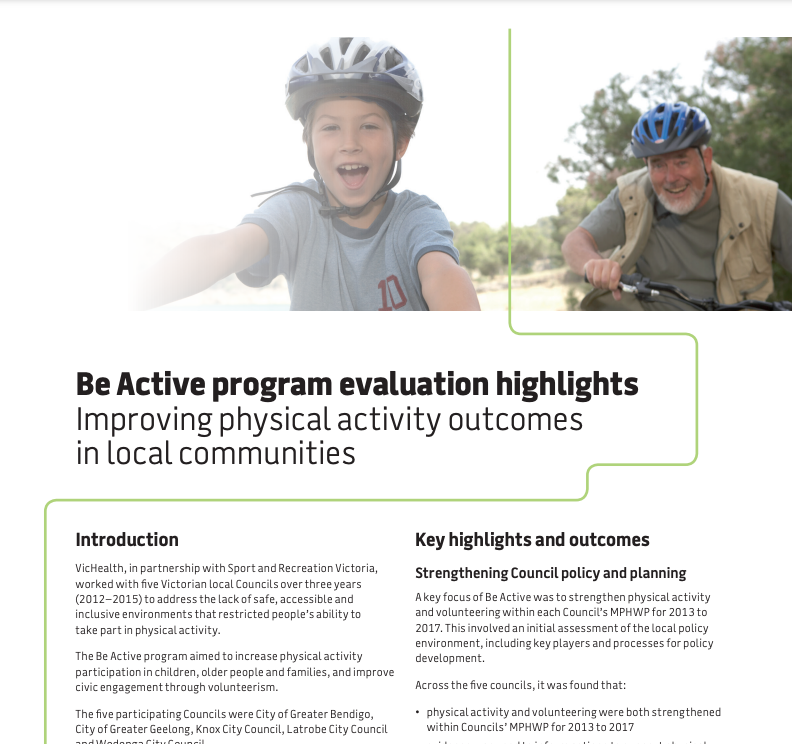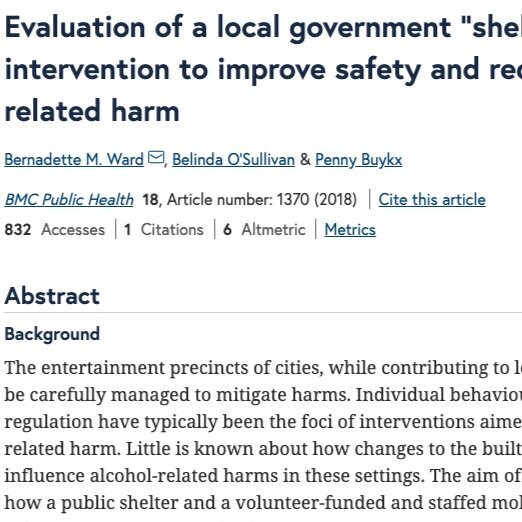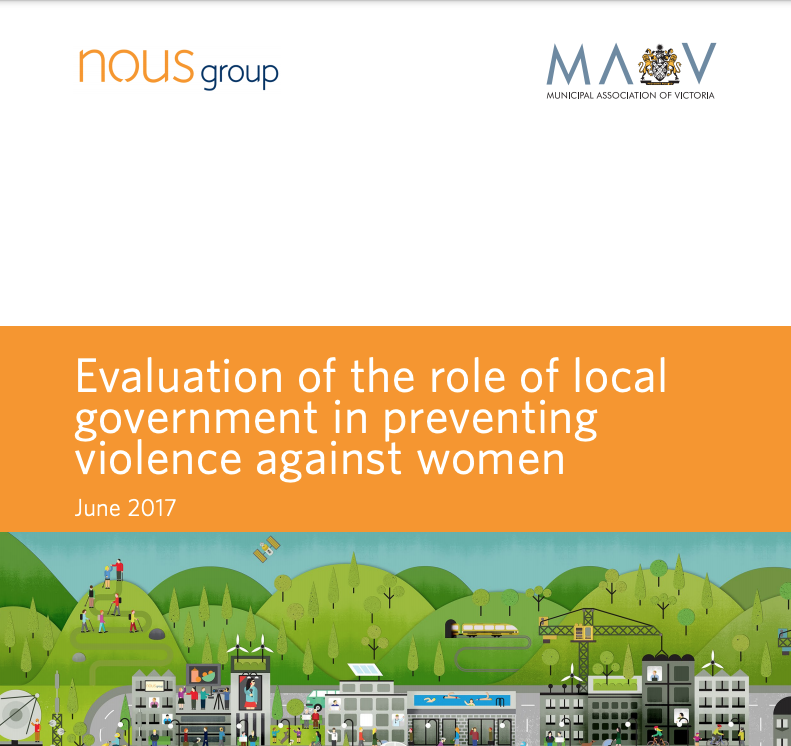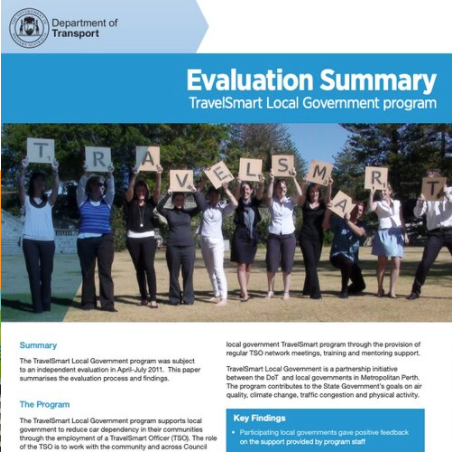What does program evaluation in the local government context look like?
With members of the Beacon Strategies team having previous experience as local government employees within a number of South East Queensland councils, we understand that the work of local government is incredibly visible to the community.
To get the conversation started, we’ve identified a number of evaluations performed within the local government setting in the hope of starting conversations throughout the sector about using evaluation to refine programs and services to meet the needs of the community. Whilst all of the evaluations we have identified may not match the exact programs within your council, they might serve as a useful starting place to thinking about your next evaluation.
So let's get started. What type of programs and services can be evaluated?
Click on the images below to read more about these evaluations.
We acknowledge that the evaluations listed above have different objectives - some formative, some summative. Some process driven, others outcomes oriented. We hear from colleagues across many sectors (including local government) that it is difficult to evaluate their program or service. We do however believe that programs and services that are worth doing are worth evaluating and there are many ways to assess the overall value of council’s investments.
Work for a local government and don’t know where to start?
Although a little dated, the Australian Centre of Excellence for Local Government have previously released a document called ‘Service Delivery Review: a how to manual for local government. Check it out here.
The document outlines nicely that local governments should be taking stock of the appropriateness, effectiveness and efficiency of their programs and services to deliver better outcomes for communities. Further, it outlines how local governments can establish evaluative building blocks, set up projects correctly, gather existing information, analyse services, engage stakeholders, implement change and, evaluate and drive continuous improvement.




